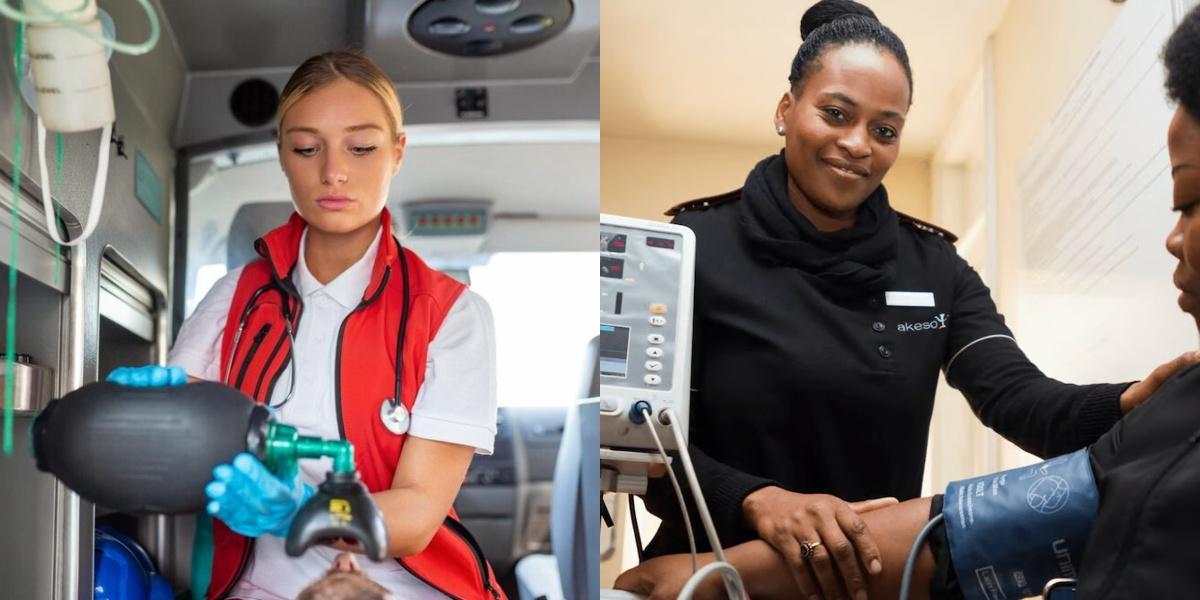Emergency Medical Technician vs Patient Care Technician

Key Points:
- EMTs provide emergency medical care, while Patient Care Technicians assist nurses in patient care tasks.
- EMTs typically earn higher wages than Patient Care Technicians.
- EMT jobs are in high demand, while Patient Care Technician jobs may have more limited availability.
- EMT training is primarily in-person, while Patient Care Technician training can be done online or in person.
- EMT training is generally more expensive and takes longer to complete than Patient Care Technician training.
When it comes to pursuing a career in the healthcare field, there are a wide range of options to choose from. Two popular career paths in this field are Emergency Medical Technician (EMT) and Patient Care Technician (PCT). While both roles involve providing care to patients, there are some key differences between the two. In this blog post, we will explore the roles of an EMT and a PCT, as well as the differences between them.
Emergency Medical Technician vs Patient Care Technician: Career Outlook and Salary
Emergency Medical Technician (EMT) Career Outlook and Salary:
- According to the Bureau of Labor Statistics (BLS), employment of EMTs is projected to grow 6 percent from 2019 to 2029, which is faster than the average for all occupations.
- The median annual wage for EMTs was $35,400 in May 2020, with the highest 10 percent earning more than $63,410.
Patient Care Technician (PCT) Career Outlook and Salary:
- The BLS does not provide specific data for PCTs, but the occupation falls under the category of nursing assistants and orderlies.
- Employment of nursing assistants and orderlies is projected to grow 8 percent from 2019 to 2029, which is much faster than the average for all occupations.
- The median annual wage for nursing assistants was $30,720 in May 2020, with the highest 10 percent earning more than $43,900.
Final Thoughts
Both Emergency Medical Technicians (EMTs) and Patient Care Technicians (PCTs) play important roles in providing care to patients. While EMTs focus on emergency situations and provide immediate medical care, PCTs assist with basic care and support in non-emergency settings. The choice between these two career paths will depend on individual preferences, interests, and career goals. Both careers offer opportunities for growth and advancement in the healthcare field.
Dreambound's programs cater to diverse locations. Take advantage of the wealth of information in these blogs for a thorough exploration of the two vocations, including detailed insights into their requirements and practical advice on getting started:




